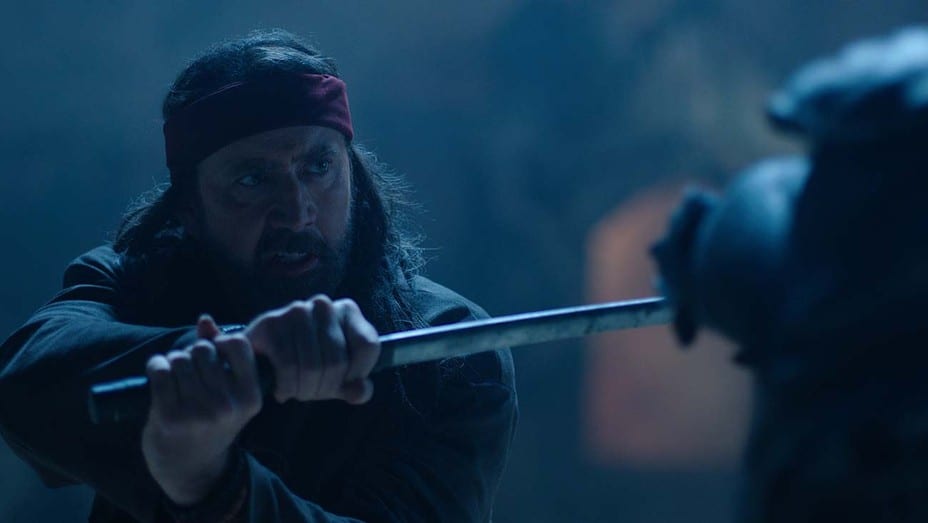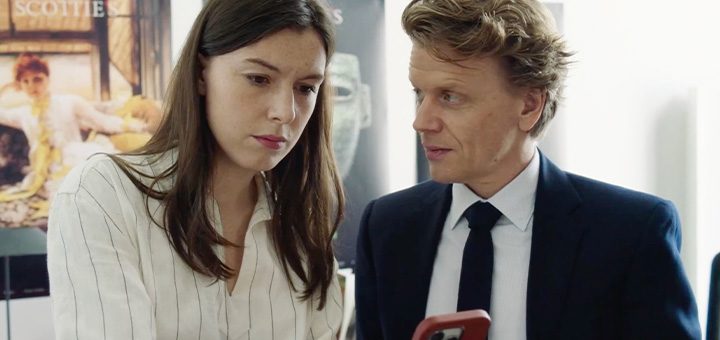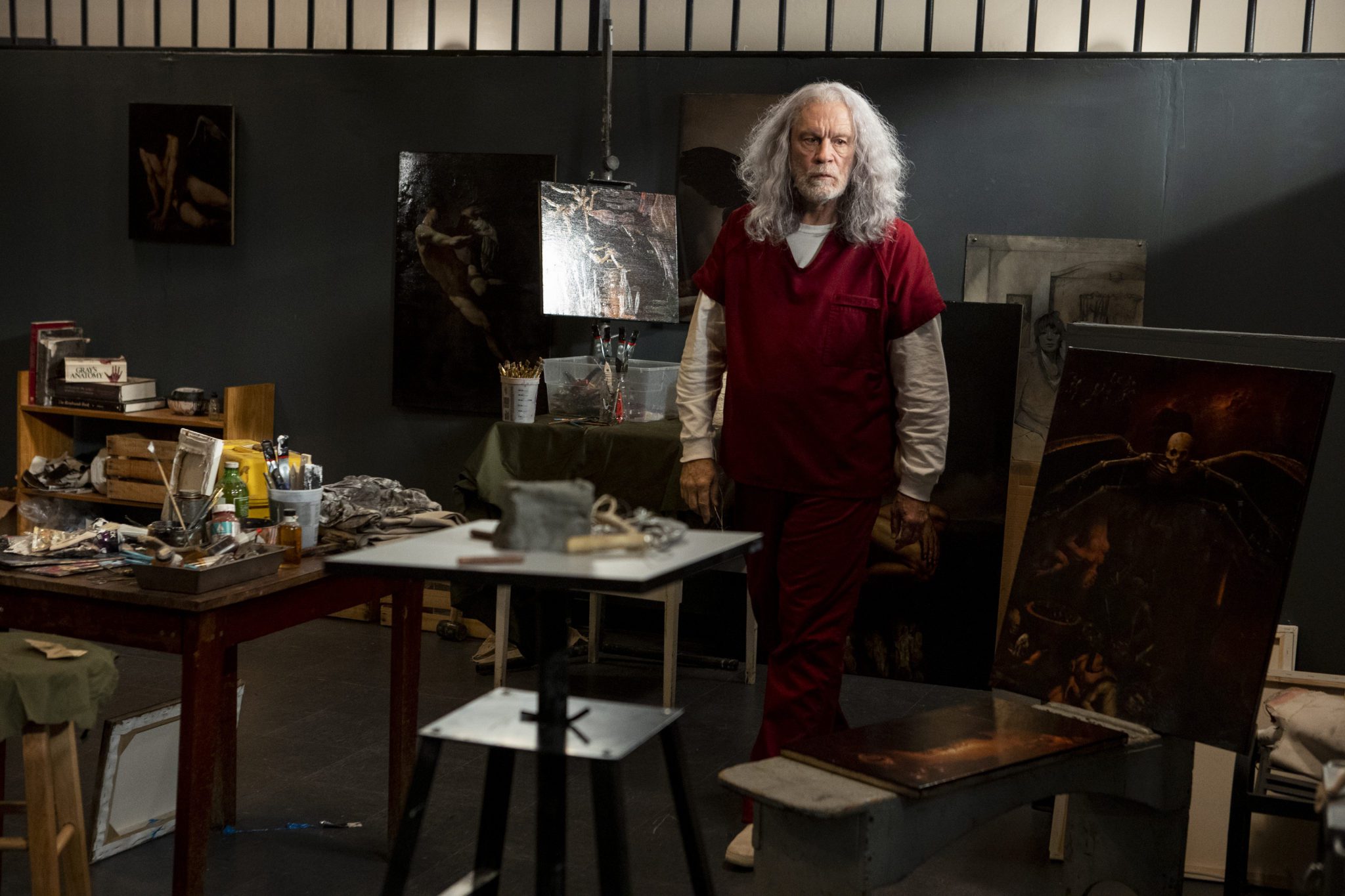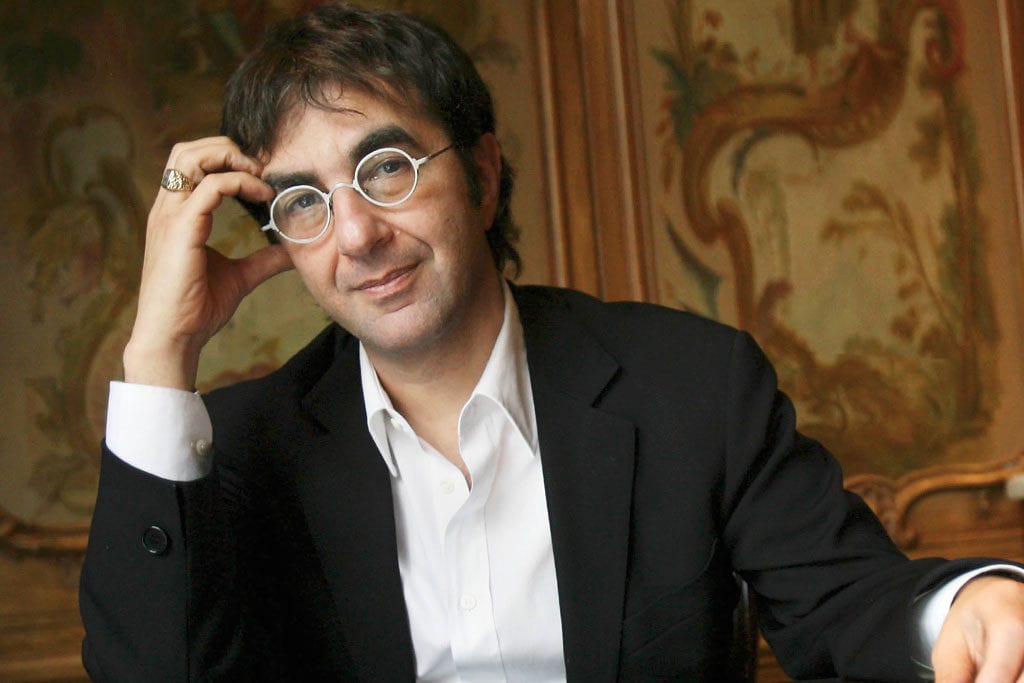
Atom Egoyan does not make life easy for the characters in his films.
Known for such powerful and entracing films as?The Sweet Hereafter,?Exotica, and?Chloe, the iconic director always creates characters who are caught up in complex relationships that challenge the viewer?s assumptions. His latest film,?Guest of Honour, continues this trend by building around what appears to be the simple relationship between an estranged father and his daughter yet somehow spirals into an intricate, multi-layered narrative infused with a mix of truth and lies.
Written and directed by Egoyan,?Guest of Honour?tells the story of?Jim (David Thewlis), a health inspector whose daughter, Veronica (Laysla De Oliveira), has recently been convicted of a serious crime.?Although Jim remains steadfast in his belief that she’s innocent, his efforts to reduce her sentence are hampered by her stubborn refusal to cooperate with him.?After her release, she visits Father Greg (Luke Wilson), a local priest, that she looks to as her potential confessor and may know more about her story than she realizes.?Asked where the idea for such a complex narrative came from, Egoyan claims that the seeds were planted from his own family?s experiences in the restaurant business.
?It came from the fact that our son was working as a bus boy in this very exclusive French restaurant in Toronto,? he begins. ?[He] came back with stories of the chef who is a proprietor also being tormented by a food inspector who was making his life really difficult. [Then], the character began to emerge. I began to think of parenting and how much do we really know about our kids?… That became sort of the root of the story. That weird place where we all know that, in a family (or any relationship), you have openness. There has to be communication, but where there couldn’t be communication. That blockage had this really strong effect on the two characters [of Jim and Veronica]. Of course, there were all sorts of issues around #MeToo and this idea about the ways in which lines were being crossed. I thought that [because] she was also as a teacher and had these responsibilities, there was something very interesting about this choice that she made. She’s a very extreme character. She obviously has this very self-destructive sort of tendency, but that’s where it came from.?
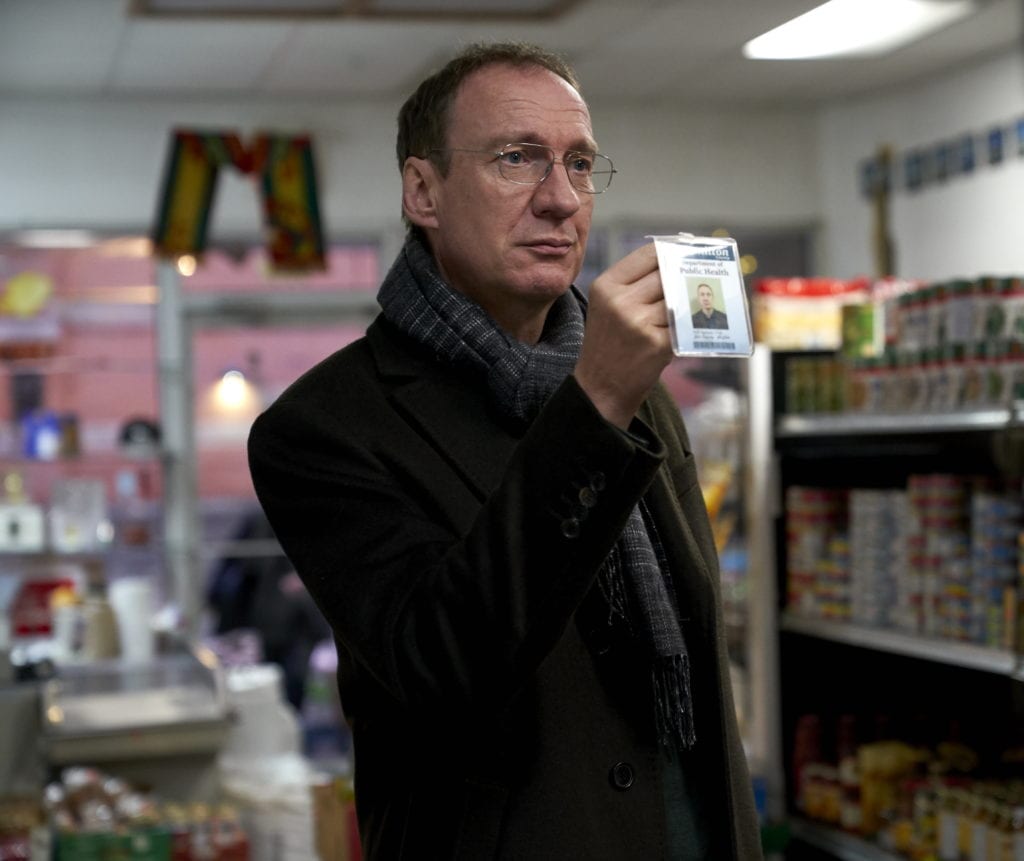
?We [also] had a small bar on Queen Street, and we had to deal with food inspectors. You become aware of this whole network of how the city especially is built up on this network of restaurants and all these different sorts of windows into the different places. So, this person who spends a day going from one place to another, and who himself was a restauranteur at one point, that became really interesting and rich in possibility.?
When the time came to cast the character of Jim, Egoyan was thrilled for veteran actor David Thewlis to take on the challenge. Having been a fan of Thewlis? work for some time, Egoyan believed that he had the presence and gravitas to take on the role.
?There are actors that you see a performance and you just never let it go,? Egoyan recalls. ?I’d seen David in Naked, Mike Leigh’s film, a long time ago. The way he was able to hold the screen and the energy and he had, I just thought it’d be very interesting to revisit this actor all these years later. I’d seen him in several films, but I’d never seen him take on a lead role. I just prayed that he would respond to the script when I sent it to him and he did? I was so thankful that I’d found my actor. He was so curious and he brought so much to the role. Some of my favorite scenes are the ones where he’s not doing anything or he’s just opening a drawer and looking at ribbons and an old cell phone. We read everything in his performance.?
Though Jim walks a line of the law as a health inspector, he also pleads for grace from his incarcerated daughter, Veronica. However, despite Jim?s earnestness, Egoyan feels that Veronica?s anger towards her father may inform her motivation in meeting with him.
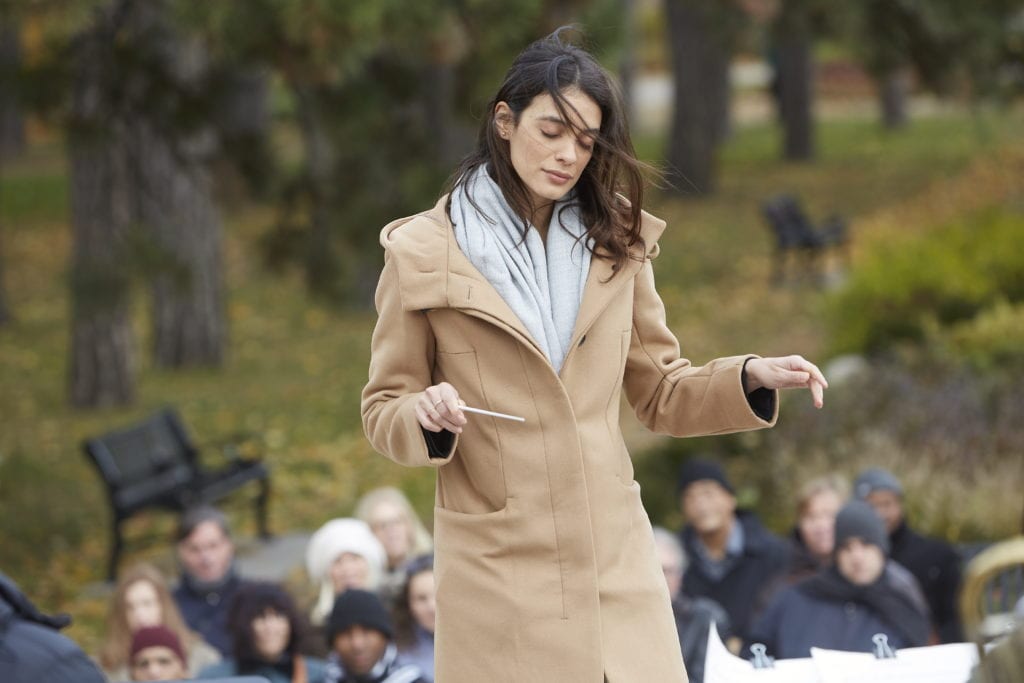
?The question is, by seeing her father in these visits, almost in a very strange perverse way? [does] she actually also want to punish him as well?,? he asks. ?[Jim] goes on about reputation and how he knows how important it is to preserve a reputation. But, of course, his reputation has been demolished by this action. There’s a side of what she does, which I think is really also focused on seeing him pay this penance as well. That’s so unfair because ultimately if they had only communicated to each other, this would might’ve been avoided.?
?I also understand that that wouldn’t have been possible. There?s no way he would have told her at that time that [he and] her idolized music teacher were having an affair [or that] the mother was aware of that because she was ill. [She] was thinking about (maybe) a mother figure for her daughter. You know, a nurturing figure. So, it’s a real tragedy at the core of this, but you can’t explain that to her. As I said, by the time he could, when she was older, she probably locked herself into such a place that she wouldn’t believe it. She would have said, ‘Well, that’s as easy for you to say now.’ I think that really hurts him as well, but he feels that he didn’t even have that trust from her. What is he going to do to earn that at the same time??
Interestingly, while Veronica?s character remains in jail for her crimes, she also finds herself in an emotional prison as well. When he reflects upon what it will take for her to be truly free, Egoyan points out that her soul can likely only be able to let things go if/when she finally has the opportunity to hear the truth about her father.
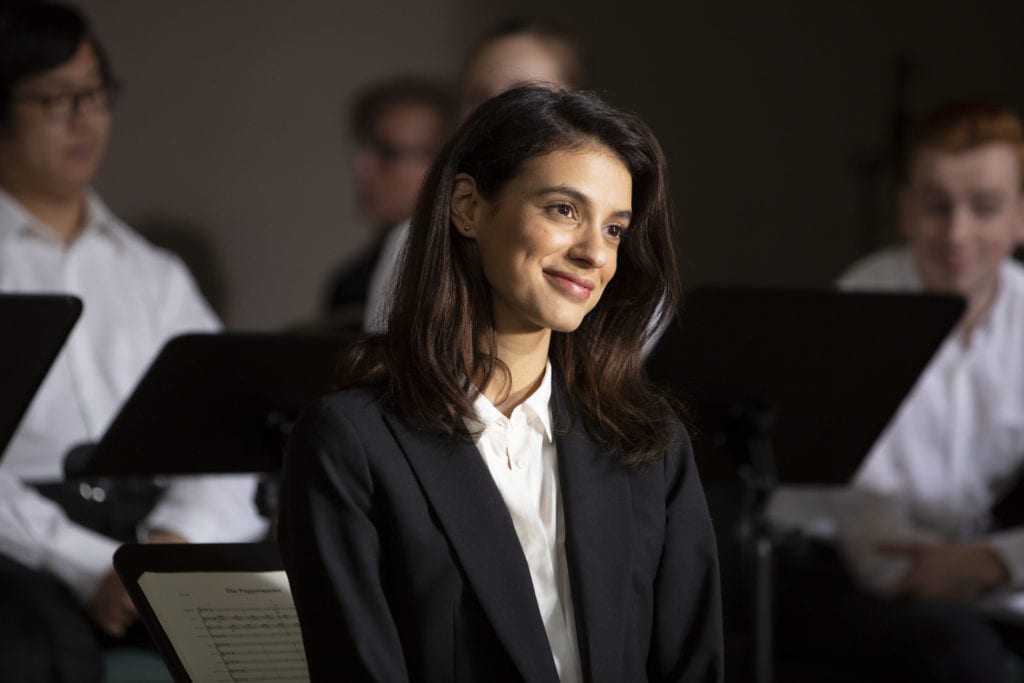
?She feels responsible for wiping out this family, between the mother and the son. That’s where she is [emotionally],? he explains. ?I think her character needs to know exactly what the priest tells her, right? The mother had given her blessing for that relationship. That was something that the mother felt would be best for her. To have this woman that was in her life, then take on that maternal role. I think the most moving part of the film for me [is]? when Jim is doing his final inspection. There?s that closeup of that smile on his face when he comes to realize something. I think that’s the moment where he thinks that if he has his funeral at that church, that maybe that conversation might happen. That maybe the priest would actually offer that information, because he?s the only person who can. It’s the only person who objectively would be able to say that and allow Veronica to believe it.?
?Not only is it the Veronica wouldn’t believe the father, but also what would be the point in the father telling her that history? Because the music teacher isn’t there either? He doesn’t see any point to it. And yet it’s a moment that actually would have a profound benefit, but there’s no one there. I think this happens sometimes. There’s no one there to regulate that. There’s no one there to kind of say, ?This would be the best course of action.? So, these two characters are left to their own devices.?
Known for his complex relationships within his films, Egoyan loves to challenge his audience with visual imagery as well. For example, in Guest of Honour, one of Egoyan?s most effective visual motifs is his use of glass which serves as a metaphor for how our understandings are affected by others.
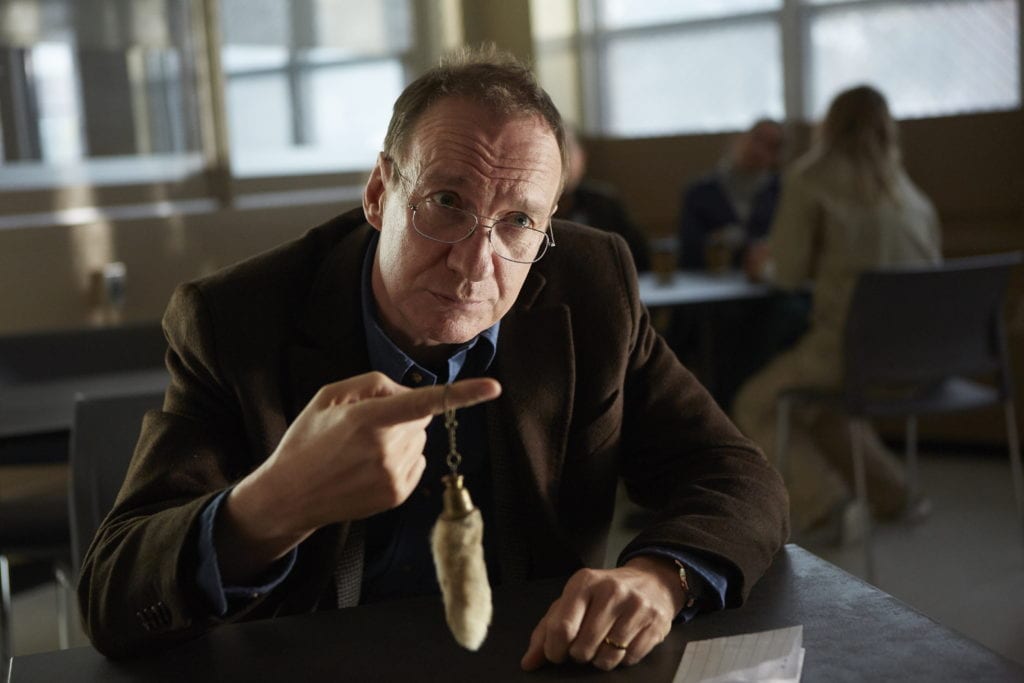
?First, we?re telling our story through glass camera lenses. Also, glass is this object that refracts, and, in this case, creates a different sound [and] these strange distortions. In the film, there are flares but there’s this idea that glass is also fragile. It can break. So, all those things were really important in the visual motif of the film.?
In light of this, Egoyan maintains that Guest highlights the fact that, like refracted lens, our perspectives shape our understanding of history.
?The question is who determines what actually is the story that’s told and why is that story being told?,? he contends. ?This is a very unusual situation where she is perceiving something as a child and what she’s perceiving is that the father is doing something so incomprehensibly wrong. We need to understand that. We see that image twice. Once, she’s playing the piano and she notices her father make a signal to the music teacher that they go upstairs. It just seems like so cavalier and crazy. But then, when we see it again, after she understands what has happened to the father, we see that he’s actually in the same place but his hand is in her hands. Then, he just leaves the room and the teacher goes to follow him to try and comfort him. It’s interesting that the only thing that separates those two scenes is the fact that she now has the information from Father Greg as to what the circumstance really was. But if there’s no one there to tell you that, then there’s no reason for her to ever altered that. I firmly believe that, even if the father had told her that story, there would be no point to it from his perspective…He doesn’t understand that she’s in pain so why would he tell her??
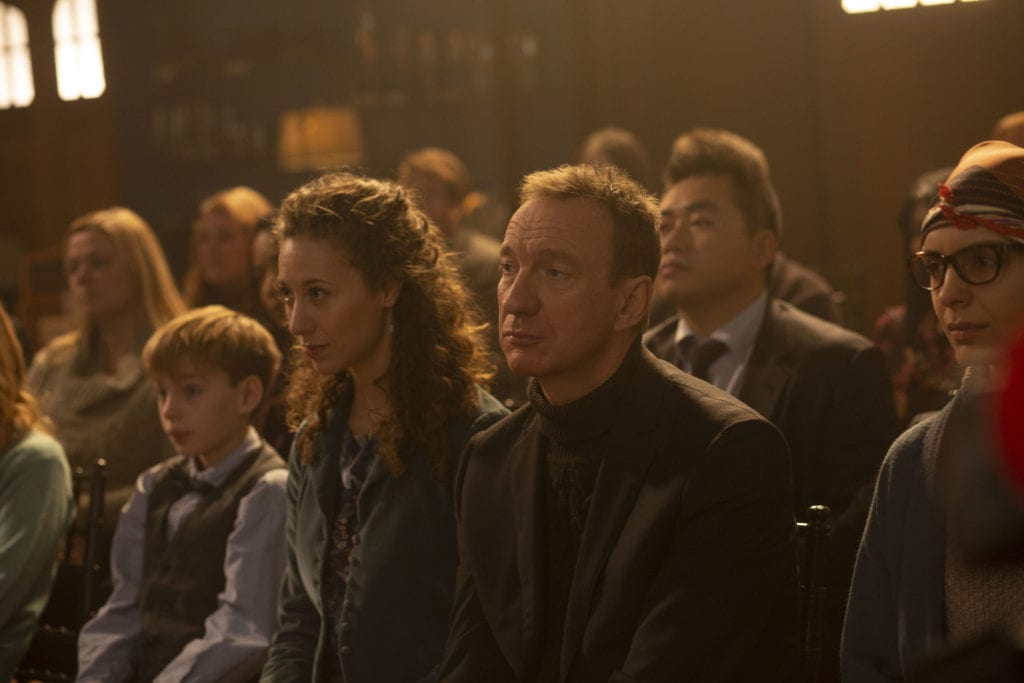
In fact, faith plays an interesting role within Egoyan?s latest endeavour. For example, while his character appears not to hold any specific religious beliefs, Jim seems to honour and even carry out any number of religious sacraments within the film.
?There’s one huge clue [to his spiritual history],? he points out. ?When he’s at the party at the Armenian restaurant, he’s holds up the glass and he says, ?To his blood?. That is a moment from the Eucharist. That is a moment of communion. My suspicion is that there was religion in his background, but he just hasn’t been following it. So, he does create all of these weird sacraments, like what he’s doing with the rabbit. It’s as though he’s he still needs that… We also understand that his wife, Rosangela’s parents gave a lot to the church… So, I think it was there. It was just that he’s lapsed. It’s not there in his life anymore.?
With an emphasis on the relationship between the past and present, Egoyan?s structure is told through multiple flashbacks and timelines. Though that may seem daunting, he believes that it actually brings the narrative together as a whole in a seamless manner.
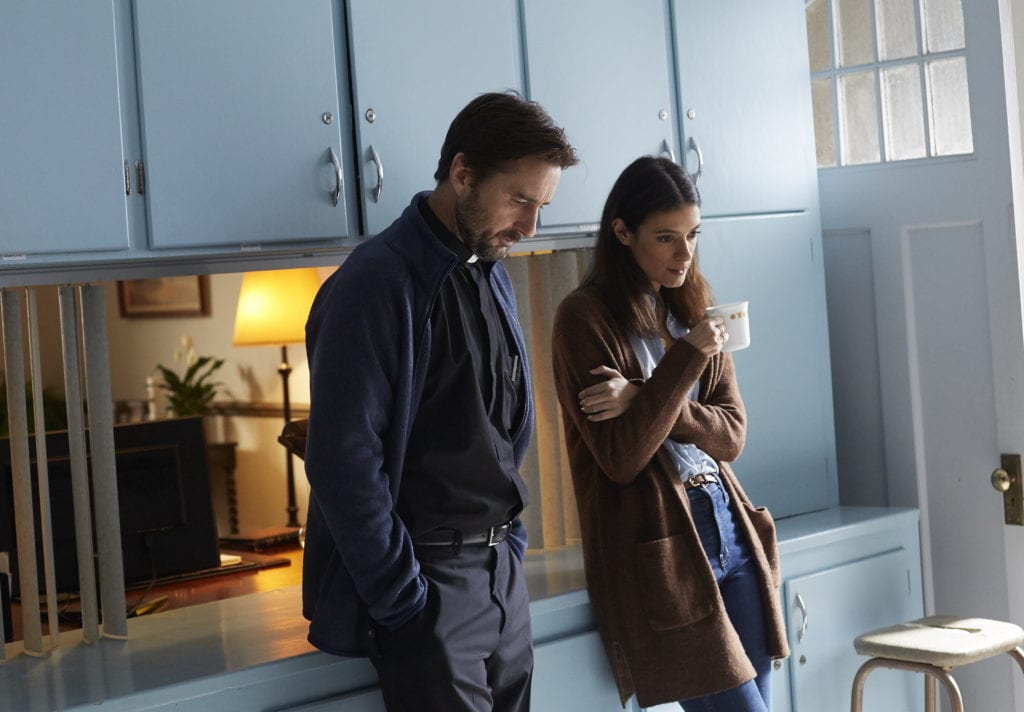
?It’s all about these conflicting images that are existing in these two characters’ minds,? says Egoyan. ?They both have these memories. They both have these sorts of images of things that happened and those are being revisited over the course of the film. So, there had to be a structure that allowed that to happen fluidly. There are really five timelines that are being kind of followed. That sounds confusing but, I think as you watch the film, it’s not. I think it’s pretty clear. Between her as an eight-year-old, a 17-year-old, the school band trip, in jail, and with the priest, those are five different sort of moments that are being referred to. So, to keep it fluid and keep all those balls bouncing, the structure seemed most organic.?
For full audio of our interview with Atom Egoyan, click here.
Guest of Honour is currently streaming on iTunes.

